No mixed-race head of hair is the same but there are ways to care for the varying waves, curls, coils and kinks, says Lesley Buckle
Despite hair differing from person to person, many women with mixed-race hair encounter similar problems such as frizz, tangling and dryness. A good place to start when understanding how to banish these hair woes is to firstly be aware of your curl type (or types), secondly know how porous your hair is, and thirdly, know the thickness of your strands. Balancing the needs of these three hair characteristics are key to applying the right products for mixed-race hair. With help from Natasha Dennis, consultant trichologist at the Black Hair Clinic, and Jasmin Allen, colour master at Errol Douglas Salon, here’s a guide on how to master mixed-race hair.
Curl Type
Different curl types need different care. The curlier or kinkier the hair is, the more dry, frizz-prone and tangle-prone the strands can be. This is due to the unique bends and twists which prevent natural oils from the scalp from traveling down the strand’s length. Below is a guide to curl types and regimes. Remember, your hair can have a variety of textures and doesn’t necessary fall into just one category.
Type 2 – Wavy hair or very loose curls
This type tends to be easy to keep moisturised and doesn’t get too frizzy or tangled but it can lack definition. When using products Natasha Dennis explains, ‘it’s best to use a moisture spray or lotion as they are light and flexible allowing you to keep building moisture as desired’. Style this curl type slightly damp, scrunching with holding products which will maintain enough moisture whilst keeping your curls in check. Jasmin Allen also adds to ‘be very aware of how important it is to treat your hair. A regular mask routine is crucial and not a pamper.’
Type 3 – Elongated S-type curls to tight coils
S-type curls can get dry at the ends but can look very shiny and moisturised without much product. As a result, this type often only needs light products with a milky consistency, which are best concentrated on the ends of the hair to keep it smooth and tangle-free. Tighter curls become much drier and will need to be regularly moisturised from root to tip to stay hydrated and detangled. ‘If using a lotion, squeeze into the palm of your hands, rub together and blot throughout hair, opening up sections as you go along,’ explains Natasha. ‘Then use your hand to smooth through to ensure all of the hair is moisturised.’ These curls can be more frizz-prone so a serum or light natural oil may also be needed. Jasmin recommends to combat frizz and dryness by ‘saturating the hair with a treatment oil in a loose bun for overnight absorption and wash out with a hydrating shampoo in the morning’.
Type 4 – Kinky hair or very tightly coiled strands
This hair type can get very dry so needs regular moisturising with buttery and thick products to lock in hydration and prevent humidity from ruining your style. Natasha suggests to be more generous with moisture for this hair type. The tightness of the curls can create tangling, so products with lots of slip will be a curls’ best friend. Jasmin adds, ‘Ditch surface conditioners and opt for a penetrating mask with every wash, you can never over-hydrate on this hair type.’
‘Different curls types need different care… due to the unique twists and bends’
Porosity
As well as curl type, porosity also plays a major role in keeping your curls in check. Porosity refers to how well the hair can hold moisture which is dependent on how flat the cuticles (the outer layer) of the hair are. Hair which has normal porosity has cuticles which sit at the optimum angle to both allow moisture to enter the hair strand and stay there. Low and high porosity hair is more problematic to moisturise, but there are a few temporary fixes which can help. The easiest way to tell the porosity of your hair is to assess how long it takes your hair to dry and how frizzy your strands get.
Low Porosity Hair – Tightly closed cuticles
Hair with low porosity prevents moisture entering and leaving the strand easily, which can make it tricky to moisturise effectively, but once the moisture gets in, tresses stay hydrated for long periods. As the hair prevents moisture from escaping it can take a very long time to dry. Low porosity hair tends to feel smoother and is less likely to tangle and frizz as a result. Stick to light moisturisers with a milk-like texture to keep it hydrated and without weighing it down. Low porosity hair loves intensive moisture treatments most, use these with a steamer or conditioning cap to ensure the moisture penetrates the hair.
High Porosity Hair – Widely open cuticles
Hair with high porosity allows moisture to enter and leave the hair freely making it easy to moisturise these strands, but this moisture doesn’t last long. High porosity hair dries fairly quickly but the position of the cuticles make this hair type much more frizz-prone than low porosity hair. It can also become more tangled and matted. High porosity hair will need much heavier products which are creamier and butter-like in consistency. It’s best to layer styling products on this type to keep moisture in as long as possible. ‘It can take a bit of time to get the balance right when it comes to moisturising,’ says Natasha. ‘I tell my clients to look at what we do to our skin. After we cream our skin it never feels wet or dry it just feels soft. This is the same for our hair.’ Also try to use conditioning products that have protein, as these will help fill some of the gaps in the hair layer. Jasmine reminds us ‘adding protein will strengthen hair but too much can make it brittle, so remember to balance these treatments with moisture too.’
Thickness
Whereas curl type refers to the shape of the hair, thickness refers to the width of each strand which also plays a big part in knowing how to care for your hair. Thick, medium and fine strands all need different care to prevent frizz, stay hydrated and strong.
Fine Hair
Fine hair generally needs less moisture and can be less frizz-prone. Treat it with regular intensive protein conditioners to resist breakage as it can be more fragile.
Medium Hair
Strands with medium thickness can be treated with protein and moisture treatments as and when needed. With this hair type porosity and the curl pattern will play more of a role in how dry or frizzy the hair is.
Thick Hair
Thick hair will need regular moisturising treatments to prevent it from becoming dry. Because this hair craves hydration it can appear more frizzy.
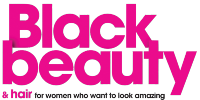
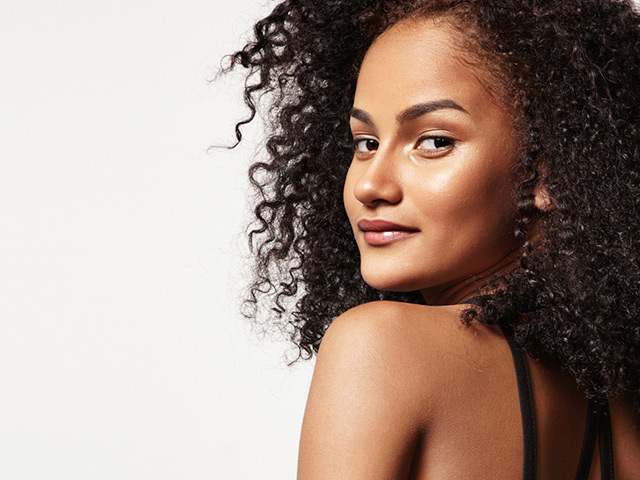
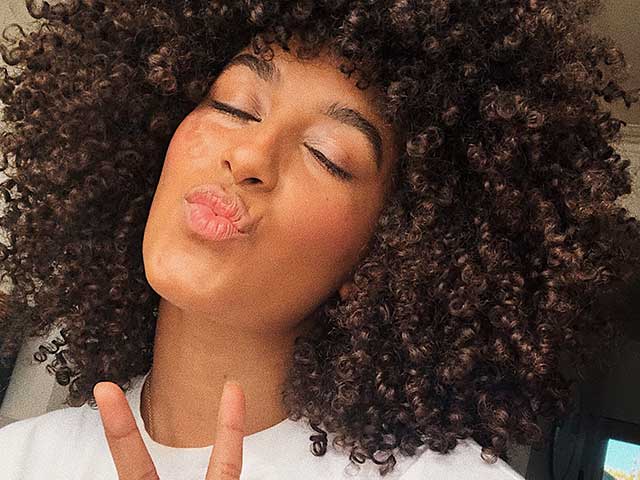
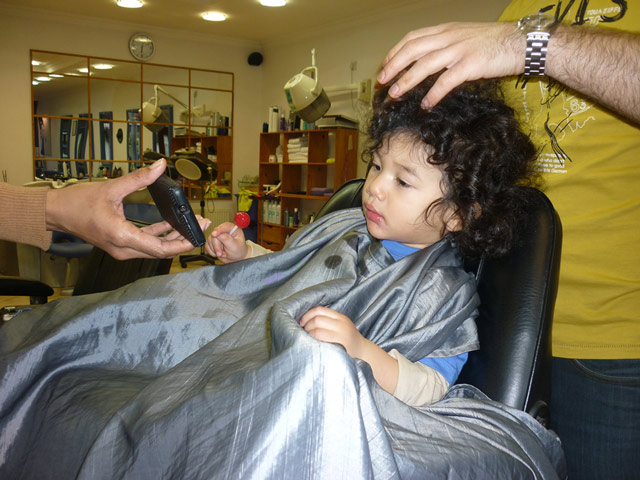
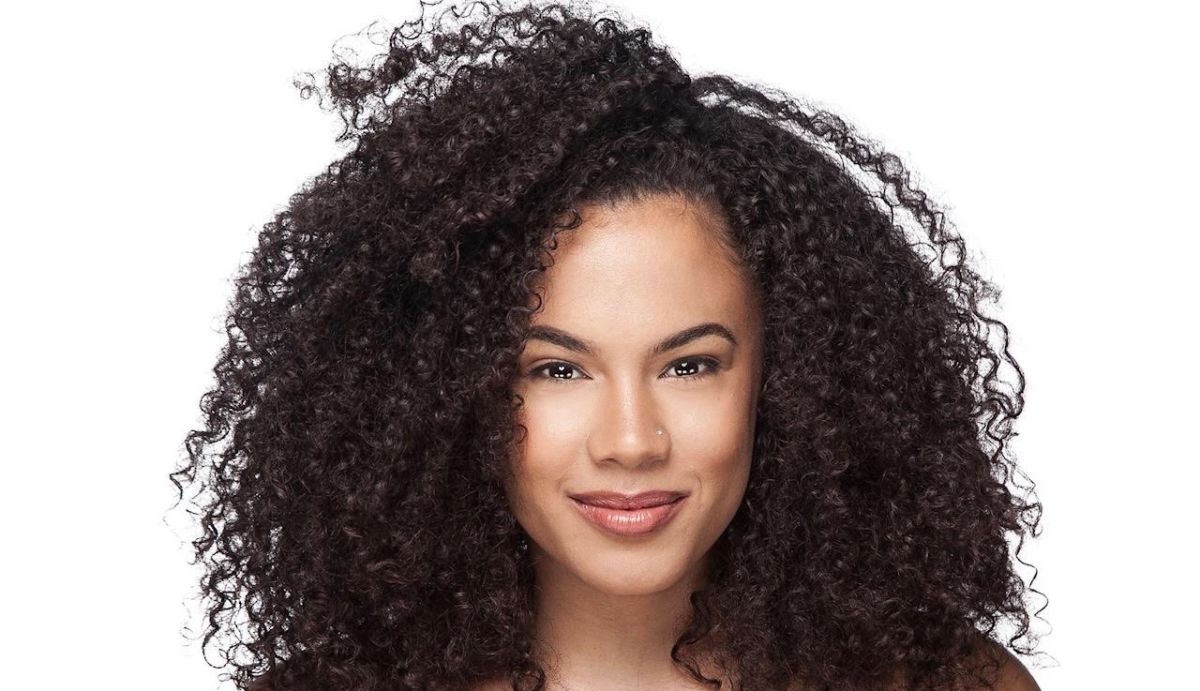
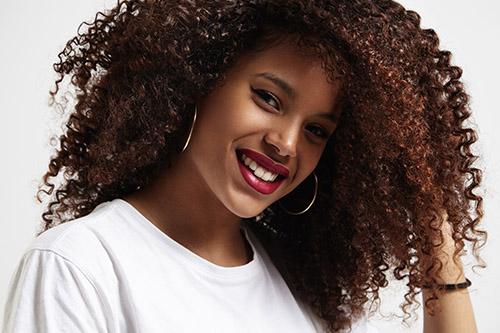

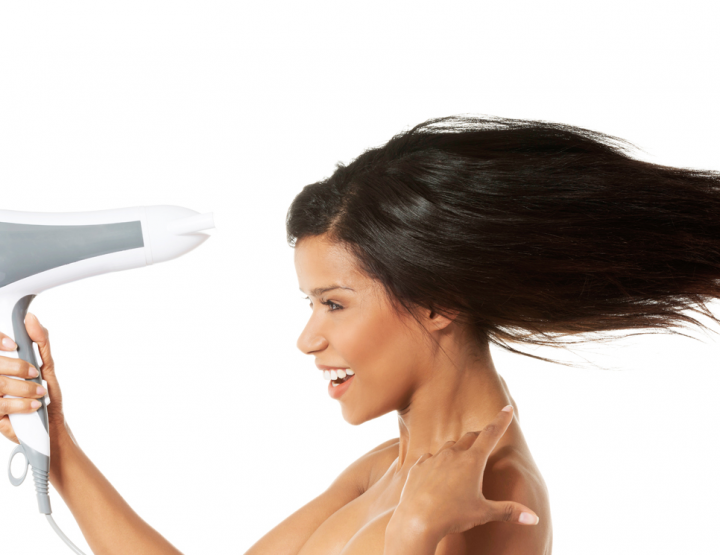
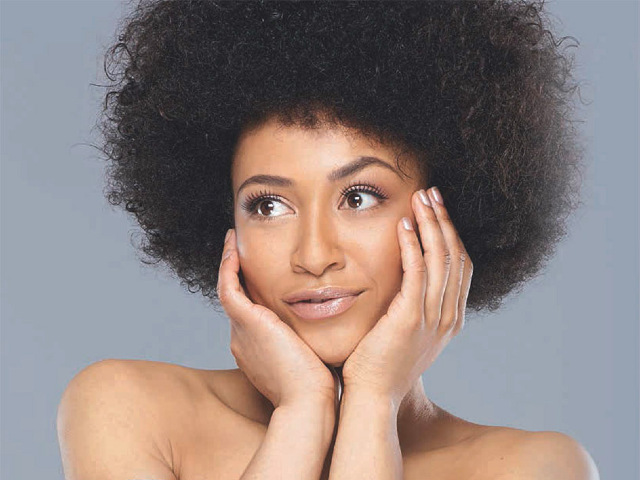
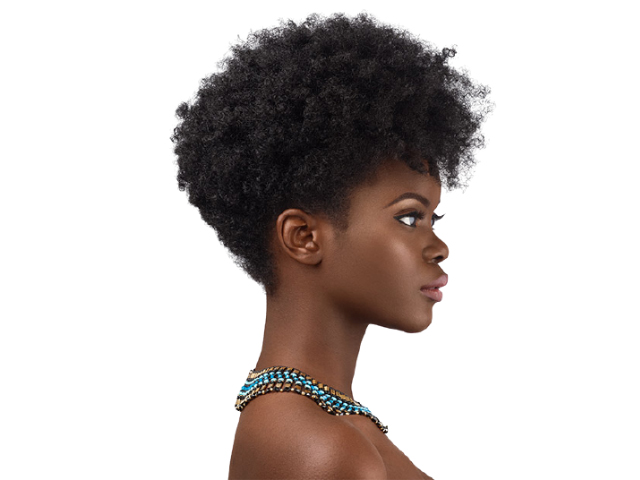
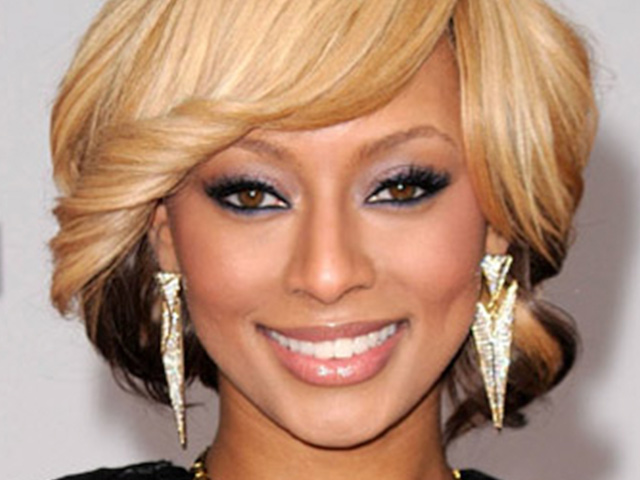
Thanks for this article, it was so resourceful - it really helped give me some guidance as to what to do with my hair
Actually traditional hair moisturising products often cause more frizz for certain types of mixed hair. Leave in conditioner or treatment conditioners can sometimes work much better, but you would need to address product build up every couple of months. If you can go naked for a week or so I find that this makes (my hair) super shiny. Don't use heated stylers too often either. Eventually this will completely change the hair texture and it's a long ting to get it back to anywhere near normal.